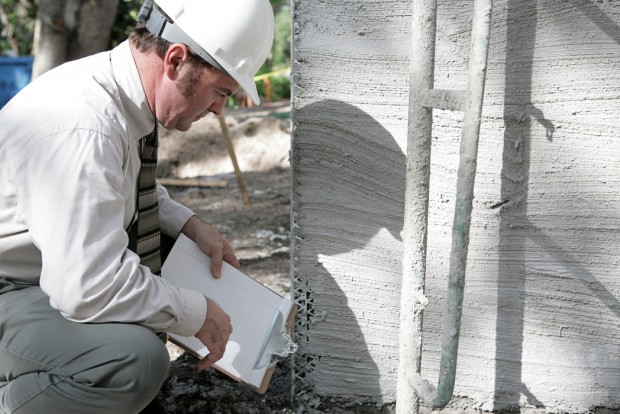If you’re moving in Central Texas, one issue to watch out for is foundation problems. One reason foundation issues are a problem in this area is due to seasonal and extreme moisture changes that cause native clay-based soils to fluctuate. It expands after heavy rain and then contracts once things have dried out. Repeated expansion and contraction can put serious stress on a home’s foundation.
While looking for a new homestead, it’s important to keep an eye out for signs of foundation problems because they can be an expensive nightmare to fix.
10 Signs a Foundation is in Need of Repair
So what should you be looking for to spot foundation problems? Here are the top signs to look for while touring Central Texas homes.
Cracks in the foundation – The most obvious signs are substantial cracks in the foundation. Hairline cracks are typical and shouldn’t be a cause for concern. But anything larger than hairline is a major red flag.
Cracks in mortar – If the home has a brick or stone exterior and/or a chimney, look to see if there are any cracks in the mortar. This is another clear indicator of foundation problems.
Cracks in the sidewalk – If there is concrete slab on the porch, patio or walkways, look for cracks there as well. This will indicate whether there has been substantial movement in the soil.
Soil Separation – When the soil is cracked or disturbed around the foundation, this too is a sign of ground movement that can cause problems.
Windows and doors that stick – If the foundation has shifted, this can cause windows and doors to no longer be square. Windows and doors that don’t open and close smoothly are a sign that things are off.
Cracks on the interior walls – Another sign of shifting are cracks on the walls inside, especially where the walls meet the ceiling and floors.
Cracked molding – Molding that is cracked or coming loose can be a sign of movement.
Nails that are popping out – When shifting occurs, it can disrupt nails to the point that they pop out.
Floors that are sloped or uneven – Floors may not be perfectly flat, but if there is obvious sloping or unevenness, this is cause for concern.
Cracks in the floor or tiles – Again, hairline cracks in the floor foundation aren’t usually an issue. However, if they are larger or tiles are cracked and separated, movement has likely occurred.
Foundation Inspections
When buying a home you’ll have the opportunity to get the structure inspected. During the general home inspection, the inspector should be looking for the signs above. If any issues are detected, consult with your inspector to ask if an additional foundation inspection needs to be performed.
Foundation inspectors are structural engineers who specialize in determining whether there are legitimate foundation concerns, the extent of the problem and what repairs are needed to correct the issue. The inspector will examine both the exterior and interior of the home, and then create a report that details every issue that is found. Foundation inspections aren’t cheap – they typically cost at least a few hundred dollars. But they are well worth the cost if you are thinking about buying and moving into a Central Texas home that could have foundation problems.
Original Source: https://squarecowmovers.com/before-you-buy-how-to-tell-if-a-home-has-foundation-issues/

